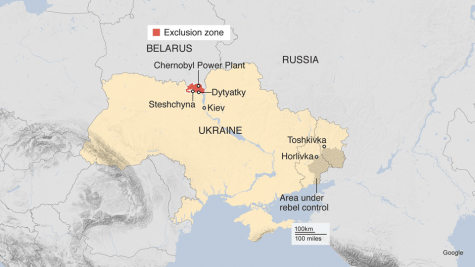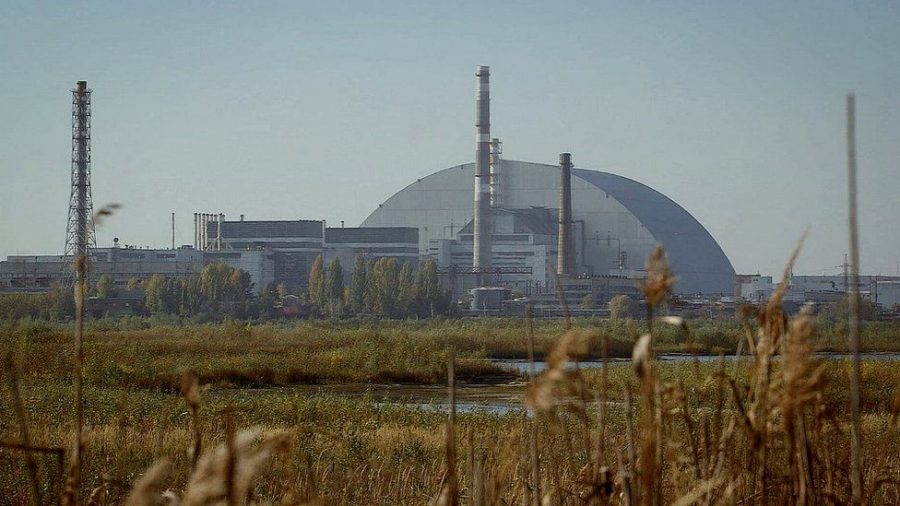After 35 Years, How is Chernobyl Now?
May 10, 2021
This past April 26th was the 35th anniversary of the Chernobyl accident that struck Pripyat, Ukraine in 1986. Considered to be the worst nuclear power disaster in history, this accident occurred 10 miles northwest from the city of Chernobyl and 65 miles north of Kiev, the capital of Ukraine. The Chernobyl power station was located in Pripyat, and had four reactors. After a poor experiment in reactor Unit 4, inadequately trained workers shut down the power-regulating system and emergency safety systems, but withdrew most of the control rods from the core, which was a mistake. This, along with other mistakes, would cause a chain reaction and several explosions. The heavy concrete and steel lid was blown off the reactor, and exposed the graphite reactor core, releasing huge amounts of radioactive materials into the atmosphere, which spread from the wind.
The Soviet Union tried to downplay the effects that such a disaster would have, but monitoring systems in Sweden recorded high levels of radioactivity in the air that had been transported by the wind, and demanded the truth. The first numbers of radioactivity given were much lower than what actually happened. Eventually the Soviet government confessed of the accident at the Chernobyl power station, and international concern over the dangers of radioactive emissions grew. The radioactivity leaking from the core was being contained by sand by May 4th, but posed a great risk to the workers there.
Radiation is very gruesome and dangerous for a person’s body, and being exposed to large amounts can cause severe internal and external damage. Even if one does not die right away from radiation poisoning, cancer may begin to develop. More radioactivity was released into the atmosphere in Pripyat than by the atomic bombs in Hiroshima and Nagasaki. The wind spread the radioactivity to surrounding countries like Belarus and Russia, and millions of acres of land were contaminated. Thousands of people were evacuated from these areas, but even more stayed.

The Soviet Union created an exclusion zone, which covered about 1600 square miles around the plant, where people are not allowed to live. To try and salvage their reputation, the Soviet Union severely downplayed the magnitude of the incident at first, and did not inform their own people to avoid eating produce and water that had been exposed to contamination, and did not tell them to wait for exports of food that would not be contaminated.
So after being abandoned for many years, how is Chernobyl doing now? The exclusion zone, after being uninhabited by humans, has actually thrived with nature and wildlife according to Euro News. Some of the last residents of Pripyat have returned to visit for the first time since the disaster. In 2019, the sarcophagus that had been placed around the reactor (which was still leaking radiation) was encased by a shelter. Robots continue to work on removing the remains of the reactor. Ukrainian officials have even suggested that this site may become a tourist attraction eventually. Without humans there, however, bears, bison, wolves, and horses all flourish in the exclusion zone.




